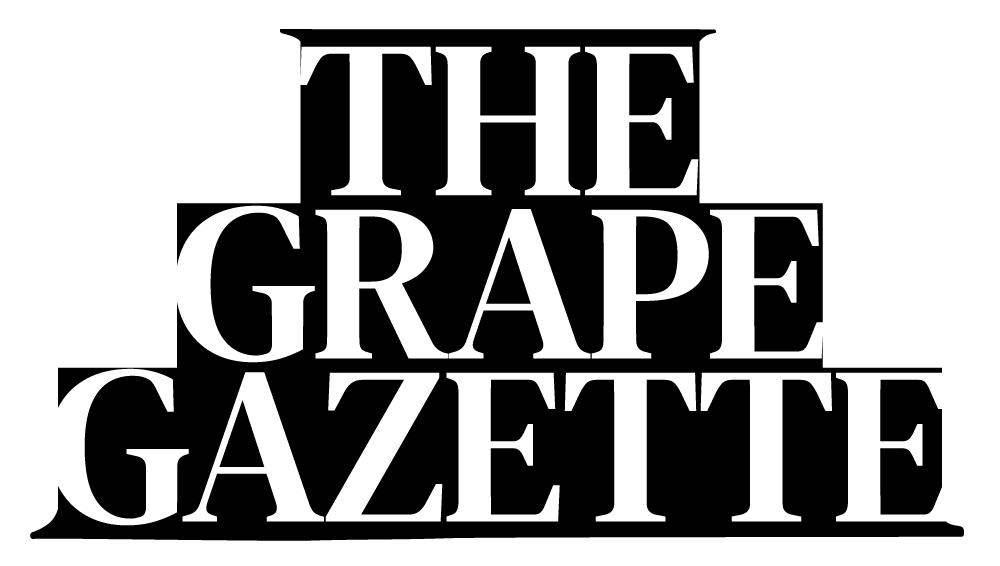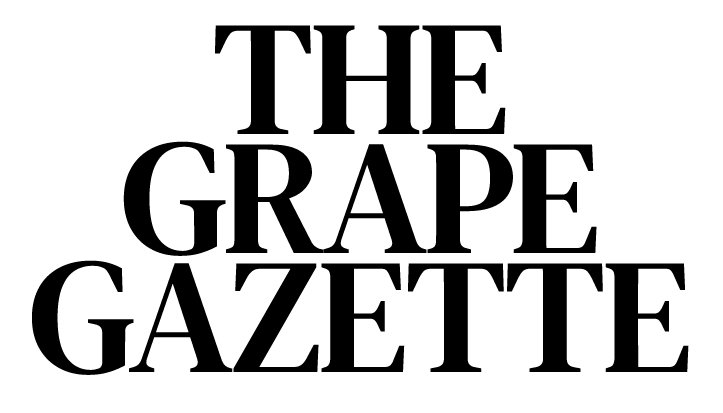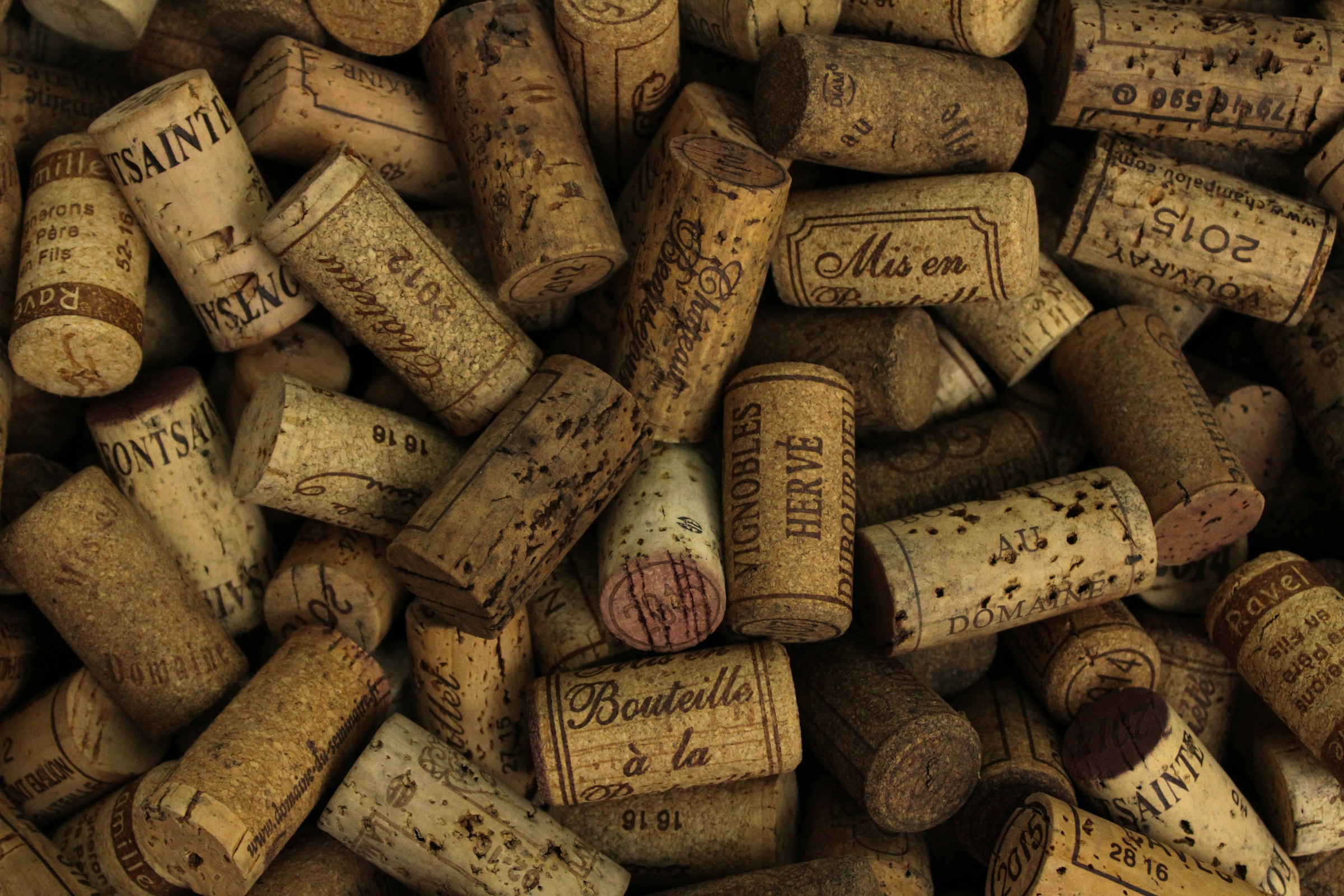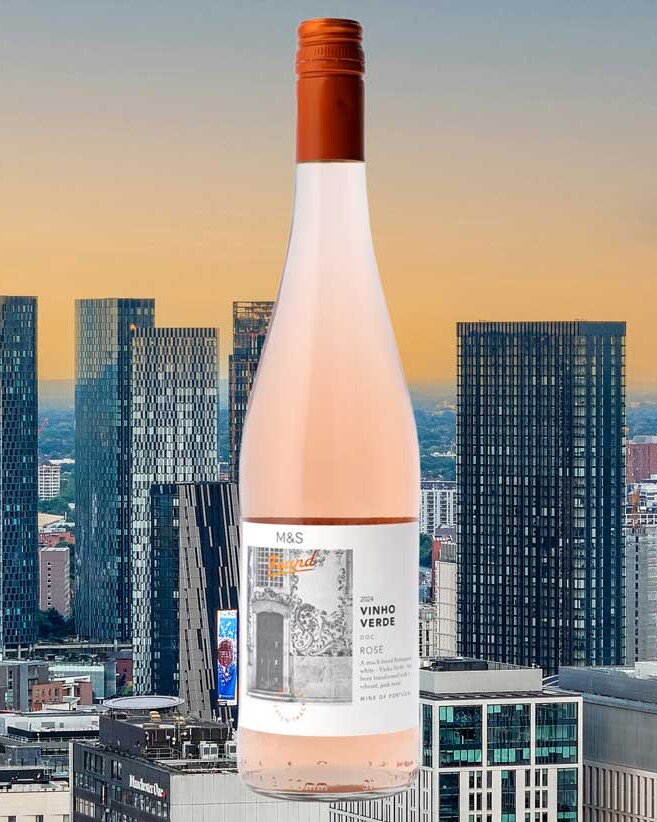When choosing a wine, understanding the distinction between Old World and New World wines can guide your selection. These terms go beyond geography and reflect the traditions, techniques, and philosophies behind winemaking. Appreciating these differences enriches the experience.
What Do “Old World” and “New World” Mean?
Old World wines come from regions with centuries of winemaking history, like France, Italy, Spain, and Germany. These European and Mediterranean countries produce classic wines rooted in tradition. By contrast, New World wines originate from countries such as the US, Australia, New Zealand, South Africa, Argentina, and Chile. These regions adopted winemaking later, often blending modern techniques with local terroir.
Key Differences in Winemaking Styles
The winemaking process highlights one major contrast. In places like France or Spain, winemakers focus on terroir—the unique characteristics of their land, including soil, climate, and topography. Regulations often dictate grape varieties, harvesting methods, and production techniques. This approach results in wines with higher acidity, lower alcohol, and earthy or mineral-driven flavours. These wines age gracefully and pair well with food.
On the other hand, New World winemakers embrace innovation and creative freedom. They experiment with grape blends, barrel aging, and other techniques to achieve specific flavours. As a result, their wines are riper, fruit-forward, and higher in alcohol. These approachable wines shine on their own or in casual settings.
Even labelling styles differ. Old World wines, such as Bordeaux or Rioja, highlight regions rather than grape varieties, assuming consumers understand what each region represents. Meanwhile, New World labels, like Napa Valley Cabernet Sauvignon or Marlborough Sauvignon Blanc, emphasise the grape, making the choice clearer for buyers.
Regional Examples
For European classics, explore a Châteauneuf-du-Pape from France, a Barolo from Italy, or a Rioja Reserva from Spain. These wines reflect rich traditions and long-established techniques. If New World styles intrigue you, consider a Napa Valley Cabernet Sauvignon, a Barossa Valley Shiraz, or a Marlborough Sauvignon Blanc. These examples showcase vibrant, innovative approaches.
Blurred Lines
In today’s global wine market, the lines between traditional and modern styles are fading. Some non-European producers craft wines with Old World finesse, while European winemakers adopt modern methods for broader appeal. This blending of philosophies creates exciting diversity, ensuring there’s a wine for every palate.
Next time you choose a bottle, consider its story. Whether rooted in centuries-old traditions or crafted with innovative techniques, each wine offers a unique journey.





